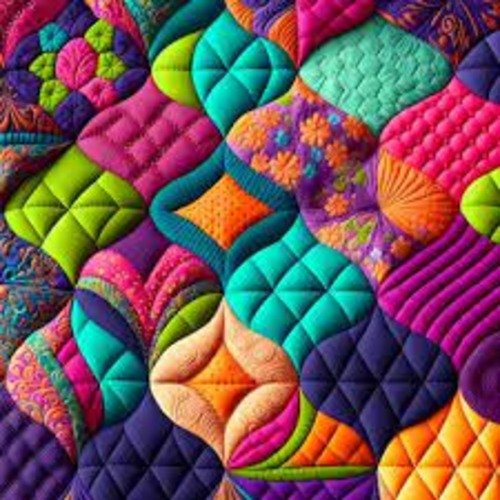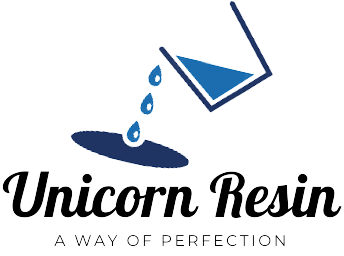
Textile
For many years, Unicorn Resin has been pushing the limits of environmentally friendly chemistry and future-oriented technologies.
We are always working to create innovations that provide the greatest solutions for our partners, employees, customers, the industry, and the environment.
Our knowledge spans the entire spectrum of coating chemicals needed to raise the value of finished goods. We are aware of our obligation to protect the environment and the people who depend on it. We will keep coming up with innovative solutions for the market that help to contribute to safer textiles and a better, cleaner future as our knowledge, experience, and ambition grow.
Uses of Unicron Resin in Textile Industry
Resin is commonly used in the textile industry for various purposes. Here are some of the primary uses of resin in textile manufacturing:
Fabric Stiffening
Fabrics are stiffened using resin to give them a more hard and structured form. This is especially helpful for clothing and accessories like hats, collars, and cuffs that call for a certain form or pattern.
Wrinkle Resistance
Textiles that have undergone resin treatments are more crease- and wrinkle-resistant and have a smoother appearance. This is particularly advantageous for materials used in clothing such as dress shirts, trousers and formal attire.
Water Repellency
Textiles can have water repellency added via resin coatings, increasing their water resistance. This is helpful for performance textiles, sportswear, and outerwear fabrics when rain or moisture protection is necessary.
Flame Retardancy
By adding resins to fabrics, flame retardant characteristics can be improved, lowering ignition danger and sluggishly spreading flames. For safety applications in sectors including automobile, aircraft, and protective gear, this is essential.
Adhesive Bonding
In textile laminates, which mix many layers of fabric or other materials, resins serve as bonding agents. They establish a solid link between the layers, ensuring structural integrity and endurance. Shoes, luggage, and upholstery are just a few examples of products that frequently use laminates.
Print Fixation
To increase the colorfastness and durability of the printed design, textiles can be finished with resin after printing. In order to prevent fading or bleeding when the cloth is washed or exposed to sunlight, the resin aids in fixing the dyes or pigments to the fabric.
Shrinkage Control
Textile shrinkage can be reduced by resin treatments, preserving the fabric’s original dimensions even after washing or other wet processing. This is crucial for fabrics used in clothing or household textiles that need to be laundered frequently.
It’s important to note that depending on the desired outcome and the kind of fabric being treated, the specific type of resin used in each application may change.
